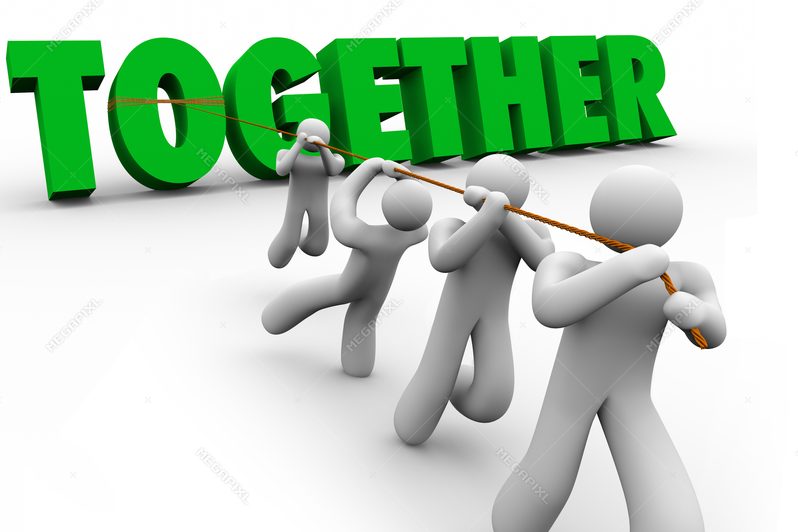
Leading with intuition
For me great leadership isn’t a position you adopt, it’s a behaviour. I like to call it everyday leadership because every one of us can be a leader. Why? Because when you know your own values and beliefs you show leadership; it’s not the words that you say, rather it’s the things that you do.
I’ll give you an example.
I was at an event and the organisers had not thought about accessibility for the venue. Sharon Allen, former CEO of Skills for Care saw what was happening, and her reply was immediate, decisive and - to me - quite beautiful.
She said, “If you can’t get in, I won’t go”.
Real leaders get to know you as a person and what’s important to you. They help you believe, feel and act like you are the most important person, and this will nurture your best qualities. This is something we all have within our gift. The essence of this is allowing people to take responsibility.
It’s about moving away from ‘time and task’ and creating collective leadership where everyone has an equal part to play.

Many moves, one rhythm
Team work is another essential ingredient for good leadership; each person will play a slightly different role and at different times.
It’s like dancing - I know because I used to be a breakdancer.
When you’re in a crew there are times when you lead, and at others you follow. Both are equally important and neither can exist without the other. But everyone belongs, and they bring out the best in each other. So, to dance is to lead.
How does this relate to leadership in social care? At Think Local Act Personal (TLAP) we talk a lot about people, relationships and lives.
In my experience, social care leaders need to move away from systems-centred talk to doing the same – really focusing on the individual. If they did, it would free up colleagues to be more innovative.
I believe the workforce needs to be given the permission to feel confident with using their judgement and creativity in how they support people.
Pulling in the same direction
You want to arrive at a point where the top, middle and bottom of the management structure all know what they want to create and are working to the same goal.
If an organisation is promoting strengths-based practice and commissioning, then they need to start with strengths-based conversations and those must surely start between colleagues.
The role of a leader, I believe, is to help create the conditions in the workplace for people to feel that they belong in the team, that they are understood, and that there is empathy and interest in them as individuals.
Feeling valued and empowered is essential for going on to empower the very people that receive support. It isn’t always easy. There are times when leaders don’t get the balance right between leading and following, team building and staying true to their values, but the key is to keep going.
Miguel Angel Ruiz also sums it up nicely:
“Life is like dancing. If we have a big floor, many people will dance. Some will get angry when the rhythm changes. But life is changing all the time.”
